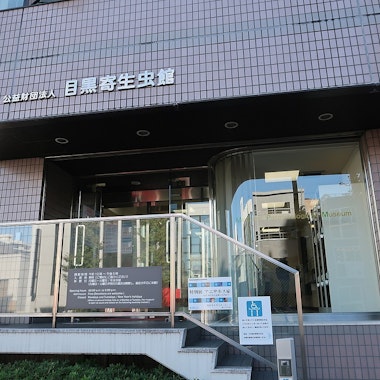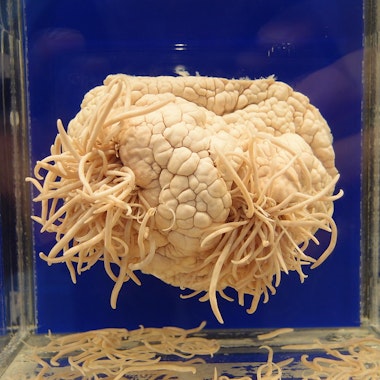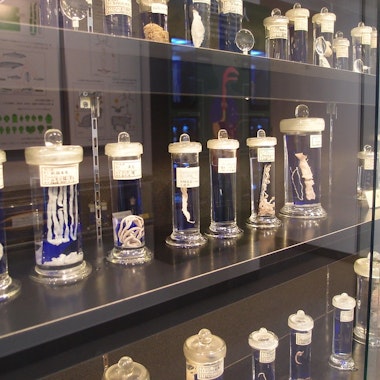


The Meguro Parasitological Museum in Tokyo stands as the world's only museum dedicated entirely to parasites. Founded in 1953 by Dr. Satoru Kamegai, a physician and parasitologist, this small but scientifically significant institution houses over 45,000 specimens representing approximately 300 parasite species. Dr. Kamegai established the museum to educate the public about parasites and their impact on human and animal health, driven by his belief that knowledge could help prevent parasitic diseases.
The museum's collection offers a unique perspective on the microscopic organisms that inhabit virtually every ecosystem on Earth. Its most famous exhibit is an 8.8-meter-long tapeworm removed from a human host, displayed in its entirety and recognized as one of the longest specimens ever extracted. The museum presents parasites not merely as medical curiosities but as organisms with complex life cycles and ecological roles, featuring detailed explanations of transmission methods, host relationships, and global health implications.
Visitors experience two floors of exhibits showcasing preserved specimens in glass jars, detailed diagrams, and educational displays. The first floor focuses on the basics of parasitology and various parasite types, while the second floor examines parasites affecting humans specifically. The museum provides informative booklets and materials in both Japanese and English. Despite its potentially unsettling subject matter, the museum maintains a scientific and educational approach that appeals to medical students, biology enthusiasts, and curious travelers alike. The small gift shop offers unusual souvenirs, including parasite-themed merchandise and academic publications.
The museum is located in Meguro ward, approximately 5 minutes' walk from Meguro Station, which is served by the JR Yamanote Line, Tokyo Metro Namboku Line, Toei Mita Line, and Tokyu Meguro Line. From Shibuya, the journey takes roughly 10 minutes by train. Admission to the museum is free, though donations are welcomed to support its research and preservation efforts. The compact size allows most visitors to tour the entire collection in about one hour.